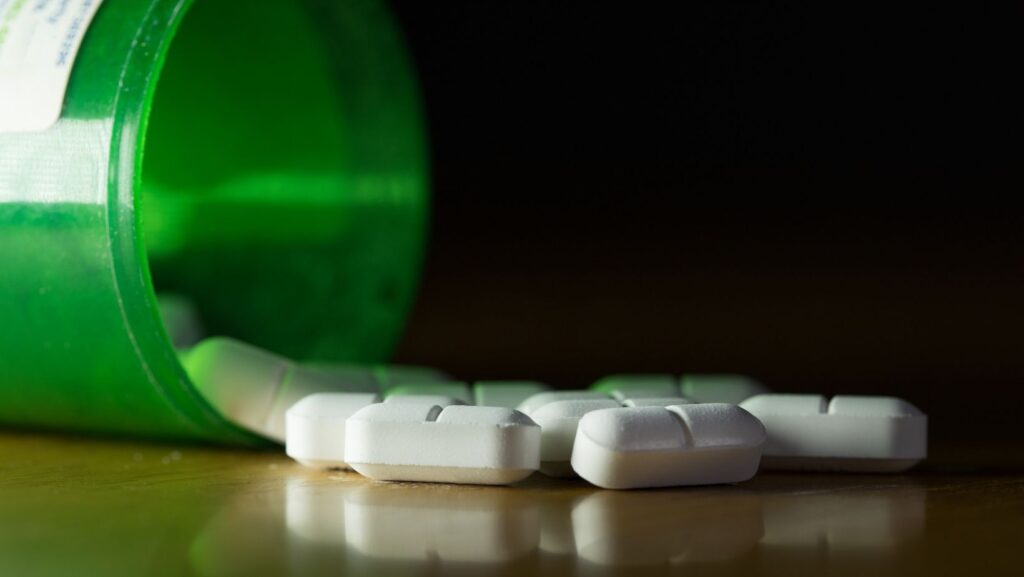
Opioid addiction is a real concern for people across the globe. It’s having a huge impact on communities and affecting people from all walks of life.
We often have a preconception around the likes of heroin, fentanyl and other prescription opioids, that those who become addicted are a certain type of person. Particularly the former, which we associate more with Trainspotting than a regular, upstanding member of society. But in truth, opioids are affecting all types of people from all types of background. And that could include someone close to home.
Visit any drug rehab and you’ll see a real mix of people, so it’s important to be vigilant around our loved ones, particularly if they are going through a hard time or you’re spotting emotional or behavioural changes.
There are often key indicators that a loved one may be living with opioid abuse problems and they aren’t difficult to spot either, particularly when it comes to the physical. So, if you are worried, here are five physical signs to look out for…
Constricted (Pinpoint) Pupils
You’ll tend to be able to see if someone is under the influence of opioids from their eyes. Opioids depress the nervous system and as a result they limit the pupils’ ability to dilate. This means that if you look into someone’s eyes you’ll find the pupils are noticeably small and constricted, even when the light is low.
Frequent Drowsiness or “Nodding Off”
Of course, nodding off every now and again is not a sign of someone taking opioids and it’s certainly not the same as being tired after a long day at work.
As opioids are central nervous system depressants, they slow the brain’s activity and our physical responses and make people excessively drowsy and lethargic. In fact, people can even nod off mid-conversation! It can come suddenly and unpredictably, and trends will often be periods of alertness followed by drowsiness. It’s a sure sign something’s not quite right.
Noticeable Weight Loss or Poor Appetite
One of the physical changes that are most startling is the way the body changes, often through rapid and noticeable weight loss. That’s largely due to opioids having an impact on the body’s natural appetite cues. That can also be accompanied by poor nutrition, and as a result things like thinning hair, sallow skin and a weakened immune system.
Track Marks or Skin Changes
In cases where opioids are injected, physical signs may include visible track marks, small puncture wounds or bruises on the arms, hands, legs, or feet. These marks may appear red, raised, or scarred over time. Some people who inject drugs may attempt to hide these areas with long sleeves, even in hot weather.
Other skin-related signs can include frequent itching (a common side effect of opioids), flushed or pale complexion, and unexplained bruises or sores from neglect or poor circulation.
It’s worth noting that not all opioid use involves injection. Many prescribed opioids are taken orally or in other forms, but skin changes may still occur due to dehydration, nutritional deficiencies, or related issues.
Gastrointestinal Problems
Finally, people don’t realise the effect opioid use can have on our digestive system. Chronic constipation is one common side effect, so if you notice a loved one complaining about stomach pains or bloating, or perhaps they are spending noticeably longer in the bathroom, then you might want to address it.
Ultimately, any physical symptoms you notice are always worth having a discussion. You care about your loved one and opioid abuse is a cruel and life threatening beast, so getting them the help they need is an absolute must.








